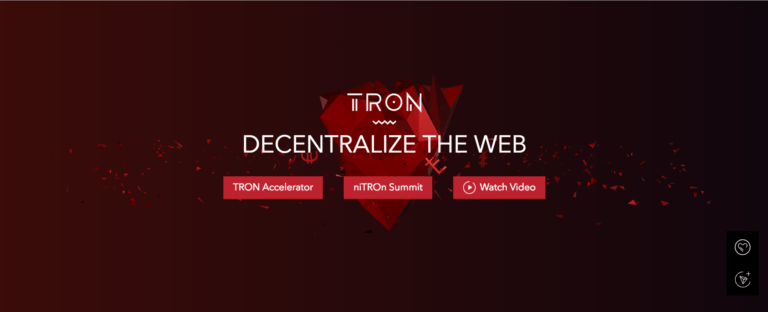On Monday (March 4th), Tether and TRON announced a new collaboration with the aim of launching TRON-based USDT that is compatible with the TRC-20 standard, which would allow tokenized USD to be transferred over the TRON network.
Some Background Information on Tether
The idea of building new cryptocurrencies on top of the Bitcoin protocol started with a white paper by J.R. Willett published in January 2012. This idea was implemented in cryptocurrency Mastercoin, which got rebranded to Omni in 2015. Tether is issued on the Bitcoin blockchain via the Omni Layer Protocol.
Tether was originally called Realcoin, which was announced in July 2014. Then, in November 2014, the rebranding to Tether occurred. In January 2015, crypto exchange Bitfinex launched trading of Tether.
In September 2017, Tether announced that it had “launched and issued both US Dollars and Euros as Ethereum-based Tether, compatible with the ERC20 standard,” and said this would enable “interoperability with Ethereum-based protocols and Decentralised Applications (DApps) whilst allowing users to transact and exchange fiat pegged currencies across the Ethereum Network.” It also said that the “ERC20 Tether will have much lower network transaction fees and much faster confirmation times (15-30 seconds) compared with Tether on Omni,” which would “facilitate more efficient exchange arbitrage.”
One example of a crypto exchange that supports Tether in both its Omni Protocol and ERC20 token forms is Huobi Global.
Tether’s Dominance of the Stablecoin Market
As CryptoGlobe reported on January 17th, despite the rapidly increasing number of competitors, Tether has managed to maintain its dominance of the fiat-collateralized stablecoin market. According to figures published as part of CryptoCompare’s December 2018 Exchange Review, Tether (USDT) has continued to take the lion’s share of overall BTC trading volumes. According to the report, BTC/USDT trading pairs accounted for around 65% of all bitcoin-related volume during December 2018. In that same period, its main new competitors—Gemini’s GUSD, Circle’s USD Coin (USDC) and Paxos’ Paxos Standard (PAX)—only managed to take a chip of around 2% away from Tether’s stablecoin dominance.
TRON-Based Tokens
Here is what the TRON developers' documentation has to say about the two types of token that operate on the TRON platform:
“TRC-10 is a technical token standard supported by TRON blockchain natively, without the TRON Virtual Machine (TVM). TRC-20 is a technical standard used for smart contracts on the TRON blockchain for implementing tokens with the TRON Virtual Machine (TVM). It is fully compatible to ERC-20.”
Tether (USDT) on the TRON Network
According to the press release shared with CryptoGlobe, the addition of Tether to the TRON blockchain “enables TRON to greatly elevate its existing decentralised applications (DApps) ecosystem, improve overall value storage, and increase Decentralised Exchange (DEX) liquidity,” as well as making the TRON blockchain “more accessible to the enterprise-level partners and institutional investors.”
Jean-Louis van der Velde, the CEO of Tether, had this to say about today’s announcement:
“We are pleased to announce this collaboration with the Tron Foundation. This integration underlines our commitment to furthering innovation within the cryptocurrency space as we continue to anticipate the needs and demands of the digital asset community.”
And Justin Sun, founder and CEO of TRON Foundation, was equally pleased:
“Our collaboration with Tether to bring a USDT TRC-20 token to TRON will bring incredible stability and confidence to users. As we perform and execute on our vision, they can easily redeem their tokens for US dollars.”
The two companies expect to implement this new TRC-20 token by “early second quarter.”
Featured Image Courtesy of TRON Foundation









